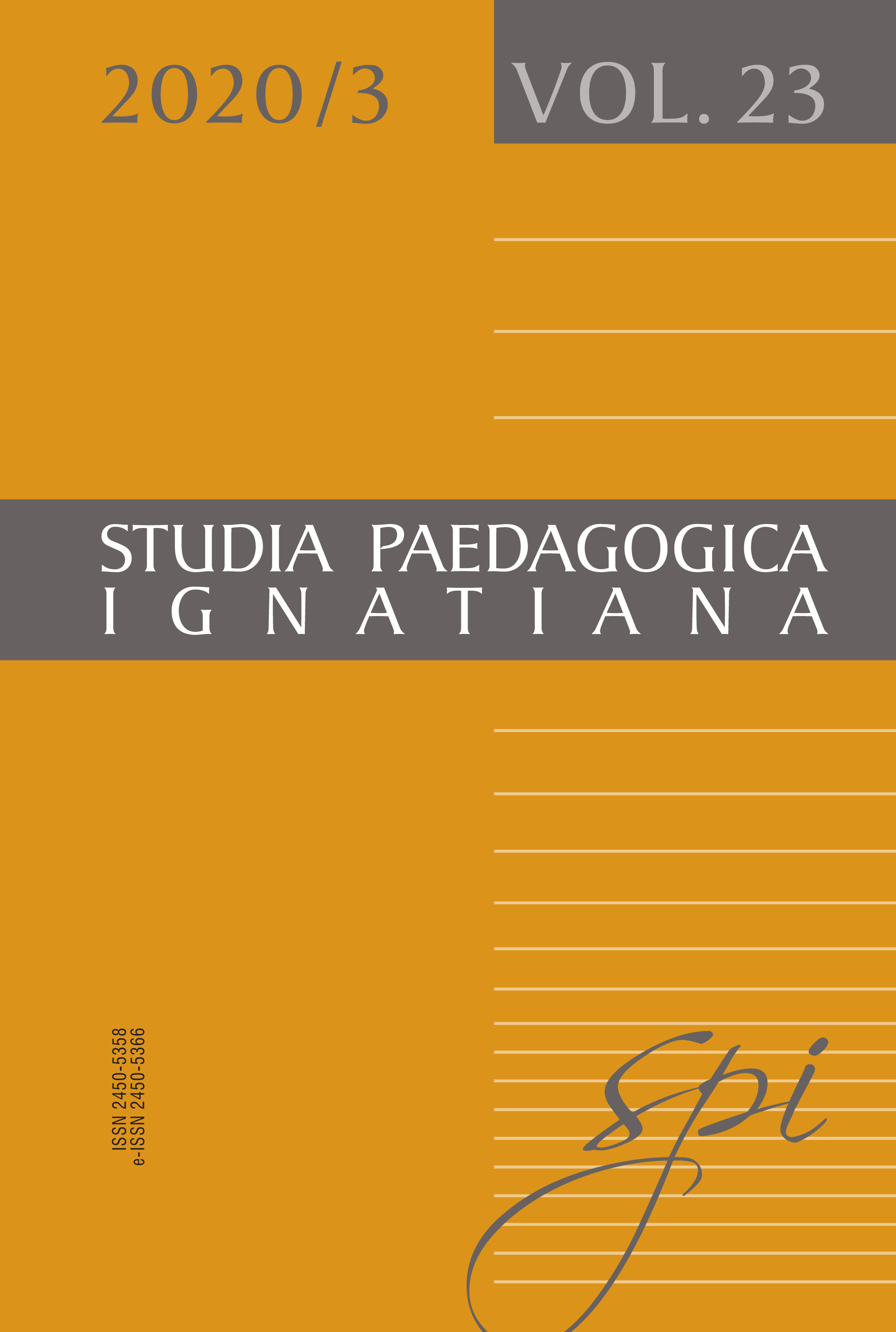Marital Selection in Intercultural Marriages
Marital Selection in Intercultural Marriages
Author(s): Ewa Sowa-BehtaneSubject(s): Social Sciences, Education
Published by: Uniwersytet Ignatianum w Krakowie
Keywords: marriage; matrimonial choice; intercultural marriage; interculturalism; intercultural relations; consistent choice; eligibility field
Summary/Abstract: Studies on the patterns of marital selection began in the 1920s, and since then researchers have identified a set of variables that should be taken into account in marriage selection research. In this study the following variables are considered: age, nationality, race, social class, environmental background, attitude to faith, religion, attitude to religious practices, education, current employment status, previous marital status, number of marriages, number of children from previous marriages, and financial situation before the present marriage. One hundred and twelve Polish women who married foreigners from non-European cultures took part in the study. Their husbands were representatives of African, Asian and Australian countries; none of them came from Europe or the Americas. The aim of the study is to examine marital selection among intercultural marriages and to provide new knowledge on the subject. In connection with the adopted topic, the purpose of the research and the analysis of the literature on the subject, the main problem of the research was formulated as follows: what are the similarities and differences in marital selection in intercultural marriages? The study revealed that, in most cases, marital selection among the couples who participated in the study followed a similar social biography: the spouses were of a similar age (79.5%) and shared race (90.1%), social class (74.1%), environmental background (61.6%), education (56.2%), attitude to faith (92.8%), and their financial situation before the present marriage (65.2%). The results obtained confirmed Farle’s theory, in which he distinguished three main factors influencing the frequency of intercultural marriages: military service, higher education and place of residence. The analysis of the data indicates that the majority of the respondents lived in big cities (57.1%), and higher education was the most common level of education among both the respondents (60.7%) and their husbands (41.1%).
Journal: Studia Paedagogica Ignatiana
- Issue Year: 23/2020
- Issue No: 3
- Page Range: 179-199
- Page Count: 21
- Language: English

